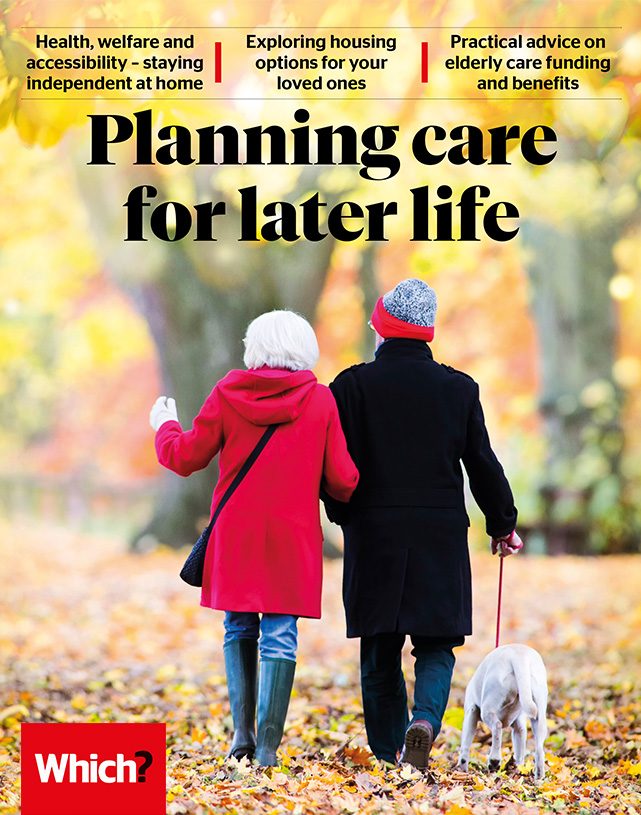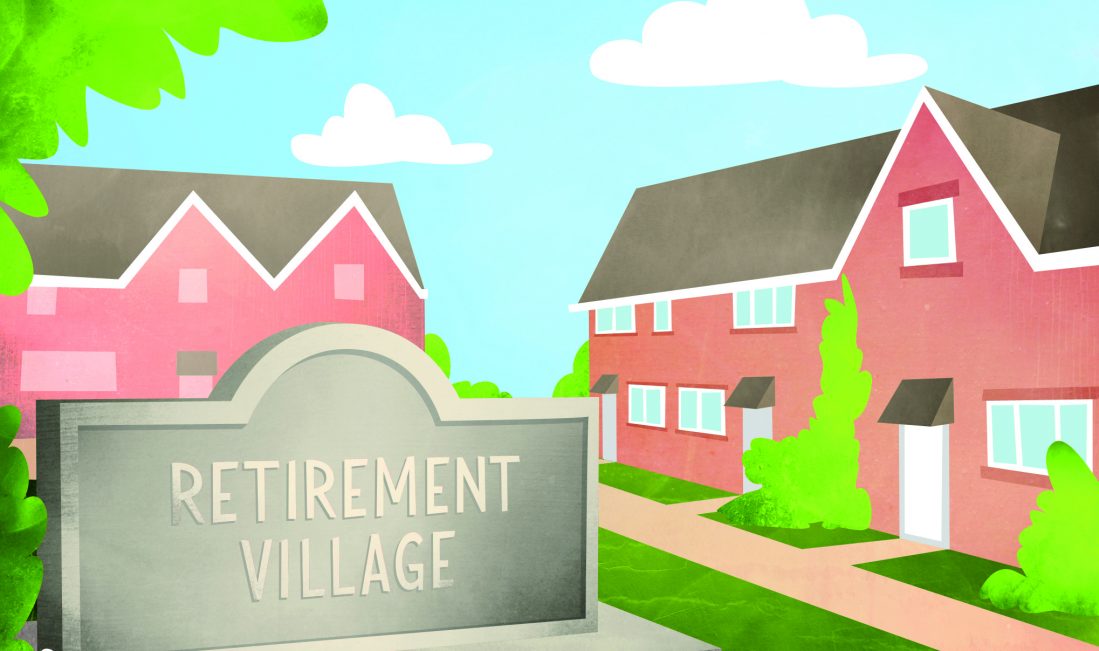User guide
Finding your way around the guide
To navigate between pages, click or tap the arrows to go forwards to the next page or backwards to the previous one. The arrows can be found either side of the page and at the bottom, too (circled in green, below).


Menu/table of contents
Click or tap on the three horizontal lines in the top-right of your screen to open the main menu/table of contents. This icon is always visible whether you're using a computer, tablet or smartphone. The menu will open on top of the page you’re on. Click on any section title to visit that section. Click the cross at any time to close the table of contents.
Text size
On a computer, you'll see three different sized letter 'A's in the top-right of your screen. On a smartphone or tablet these are visible when you open the menu (see above). If you’re having trouble reading the guide, click or tap on each of the different 'A's to change the size of the text to suit you.
Pictures
On some images you'll see a blue double-ended arrow icon. Clicking or tapping on this will expand the picture so you can see more detail. Click or tap on the blue cross to close the expanded image.
Where we think a group of images will be most useful to you, we've grouped them together in an image gallery. Simply use the blue left and right arrows to scroll through the carousel of pictures.
Links
If you see a word or phrase that's bold and dark blue, you can click or tap on it to find out more. The relevant website will open in a new tab.
Jargon
If you see a word or phrase underlined, click or tap on the word and small window will pop up with a short explanation. Close this pop-up by clicking or tapping the cross in the corner.
Help
On a computer, you'll see a question mark icon in the top-right of your screen. On a smartphone or tablet this is visible when you open the menu (see above).
Clicking or tapping on the question mark will open this user guide. It opens on top of the page you're on and you can close it any time by clicking or tapping the cross in the top-right corner.

Moving out
The time may come when living at home just isn't comfortable or safe anymore. It’s never an easy decision, but options are out there to make moving to a new home a positive experience.
There are many reasons why someone might want or need to move home in later life. They may simply want to live somewhere different, or be closer to family. Or perhaps a recent (and possibly unforeseen) change in circumstance, such as health issues or bereavement, causes them to reconsider their living arrangements.
Downsizing
Downsizing is the process of moving into a smaller property. In the right circumstances it can free up capital and improve quality of life, but it is a major decision. Downsizing offers potential benefits for older people:
- They can move into a property that’s easier to manage, helping to maintain independent living.
- It may be a chance to move to a more favourable location, perhaps closer to family and friends.
- Moving to a less expensive property, perhaps with lower energy bills and maintenance costs, can raise welcome funds to help with care costs.
Sheltered housing
Sheltered housing can be a great option that allows people to continue living safely and independently with the reassurance that support is available.
Also known as retirement housing, this accommodation is specifically designed to allow older (or disabled) people to live independently. It usually consists of self-contained flats with communal facilities, with help on hand from a manager or warden, and/or a 24-hour emergency alarm system.
The majority of sheltered housing schemes require residents to have a certain level of independence, and none provide nursing care. However, there are some extra-care housing schemes (also known as enhanced sheltered housing or assisted living) that provide a higher level of support, including help with personal care for those who need it. It may also be possible to arrange for a home care agency to give extra care, and it’s worth checking if this is permitted.
For people with limited resources, sheltered accommodation may be available through local councils or housing associations, while some charities also offer sheltered housing.
Pros
- freedom to live independently and safely with support available if needed
- no responsibility to maintain gardens or facilities, and no hassles with repairs or maintenance
- opportunities to make friends and enjoy communal areas
- some public funding, such as housing benefit or pension credit, may be available.
Cons
- service charges on top of the usual bills, such as council tax and utilities
- no on-site nursing care
- you may have to live with less space than before
- rules may restrict noise or forbid pets.
Our articles on sheltered housing offer even more variables to consider.
Retirement villages

Retirement villages (or retirement communities) are medium-to-large-sized housing developments built especially for older people. They usually have at least 100 properties of different types – houses, bungalows and apartments – often located in a pleasant rural setting. Many promote a luxury lifestyle, offering leisure facilities, such as swimming pools, clubhouses, spas, restaurants and bars, as well as a range of suitable social activities.
Retirement villages allow people to live independently and safely, perhaps sharing with their partner. They provide plenty of opportunities to socialise with other residents, and there is no responsibility for repairs or maintenance. But not all retirement villages offer nursing or medical care, and they can be expensive, with no public funding available. Moreover, not everyone wants to live in a development that’s designed exclusively for older people.
Sharing your home
If your relative is still comparatively independent, sometimes a good solution is for them to move in with you.
Pros
- They won’t have to run a household, and will have their family around them.
- You can spend more time with them than would otherwise have been possible.
- They may be able to help with the cost of having another person in the home. This could be a contribution to household bills or the mortgage, or the cost of getting the home adapted to their needs.
Cons
- Unless you move into a larger property, you will be sharing the same amount of space with more people.
- Even if your relative is independent and has an active social life, it’s likely they will want to spend time with you – that is why they moved in.
- Relationships with loved ones are not always straightforward. When you live with someone, you lose the option of taking time out if relations become strained.
- If your relative needs personal help – for example, help with bathing or using the toilet – you are likely to become the carer.

